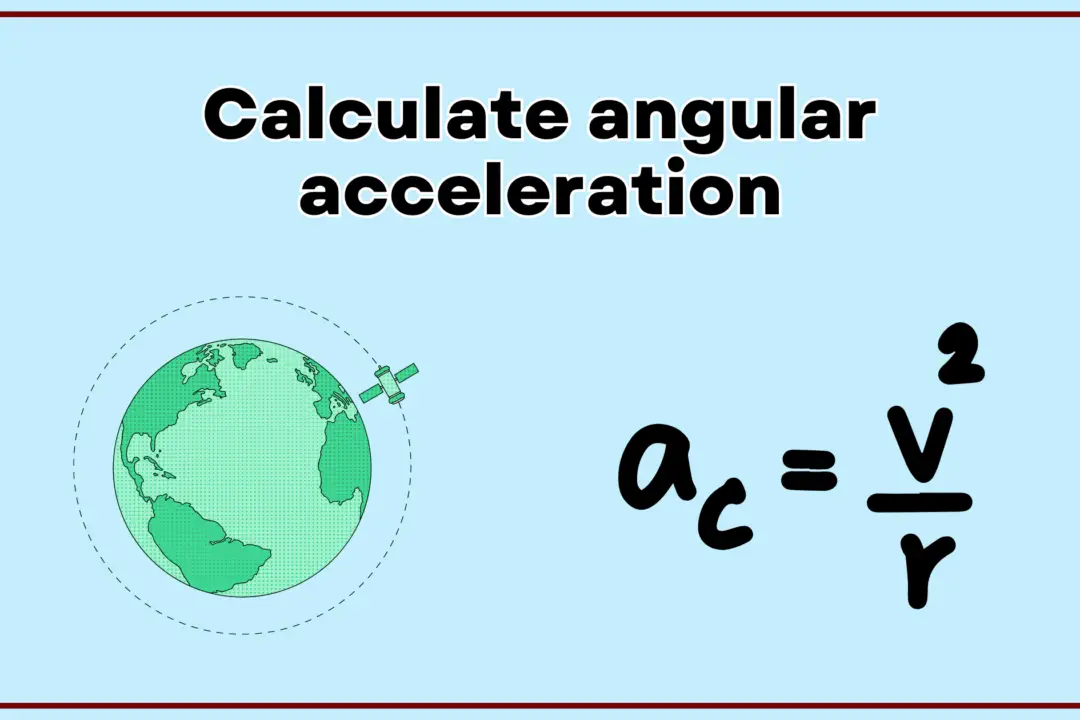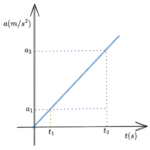
Can I find the velocity of a moving car if I have the information about mass, acceleration, and distance through which the car travel?
In this article, we will look at how to find velocity from force and distance. If we look at our problem then we can come to notice that
- what physical quantities are being provided to us and
- what physical quantities we need to calculate
In our problem, we have to calculate the velocity of an object from force and distance. So,
Known Quantities:- Force and distance
Unknown Quantities:- Velocity
Can we find velocity using the force formula
Now when we first think about force the following force formula comes to our mind $$F=ma$$ This formula involves force, mass, and acceleration. Again from the acceleration formula with velocity and time, we know that $$a=\frac{v}{t}$$ where \(v\) is the velocity of the moving object and $t$ is the time taken.
To find the velocity of the particle using the force formula we must have knowledge about
- the force acting on the moving object and
- time for which force acts
Please note here that distance traveled does not figure in the equation $$v=\frac{Ft}{m}$$. So we can not use the force formula to find the velocity of the object from force and distance.
How to find velocity from work?
From the above discussion, it is clear that we need a relationship that could relate
- force
- distance and
- velocity
If you are familiar with the concept of work and energy then you must be aware of the following facts
- Kinetic Energy is the energy used for motion. We can say that if an object of mass \(m\) is moving with some velocity \(v\), it has kinetic energy.
- We also know that when a thing moves they do work.
So, when things move they do work, and they have kinetic energy. No work is done if the object does not move, regardless of how much force is applied to it. We also know that when you do work, you produce kinetic energy. The amount of kinetic energy in an object is determined by its mass and velocity. You can calculate velocity from force and distance by equating work and kinetic energy (work-energy theorem). Since kinetic energy depends on mass, so you’ll need to know the mass of the moving object to solve your problem.
Let us now state the work-energy theorem. It states that
The work done on an object by a net force is equal to the change in kinetic energy of the object
\(W=\Delta \,\, KE\)
Follow this link for more information
Let us now look at how to Calculate Velocity From Force and Distance. We know that work is done by force \(F\) in moving distance \(d\) is given by the relation
\(W=F\cdot d\)
Also, we know that kinetic energy is
\(KE=\frac{1}{2}mv^2\)
From work-energy relation we have
\( F\cdot d = \frac{1}{2}mv^2 \)
rearranging above equation for the velocity we get
\[v=\sqrt{\left(\frac{2Fd}{m}\right)}=\sqrt{2ad}\] where \(a=\frac{F}{m}\)
From the above relation, we can find the velocity of an object of mass \(m\) from force and distance.
So, you can find the velocity of a moving car if you have the information about mass, acceleration, and distance through which the car travels.
Related Links




